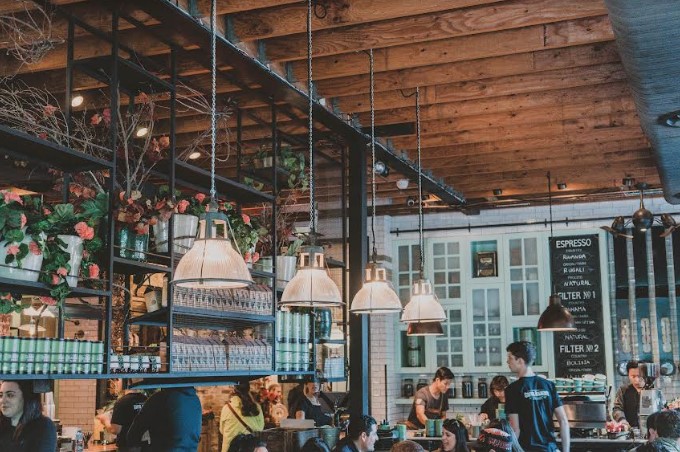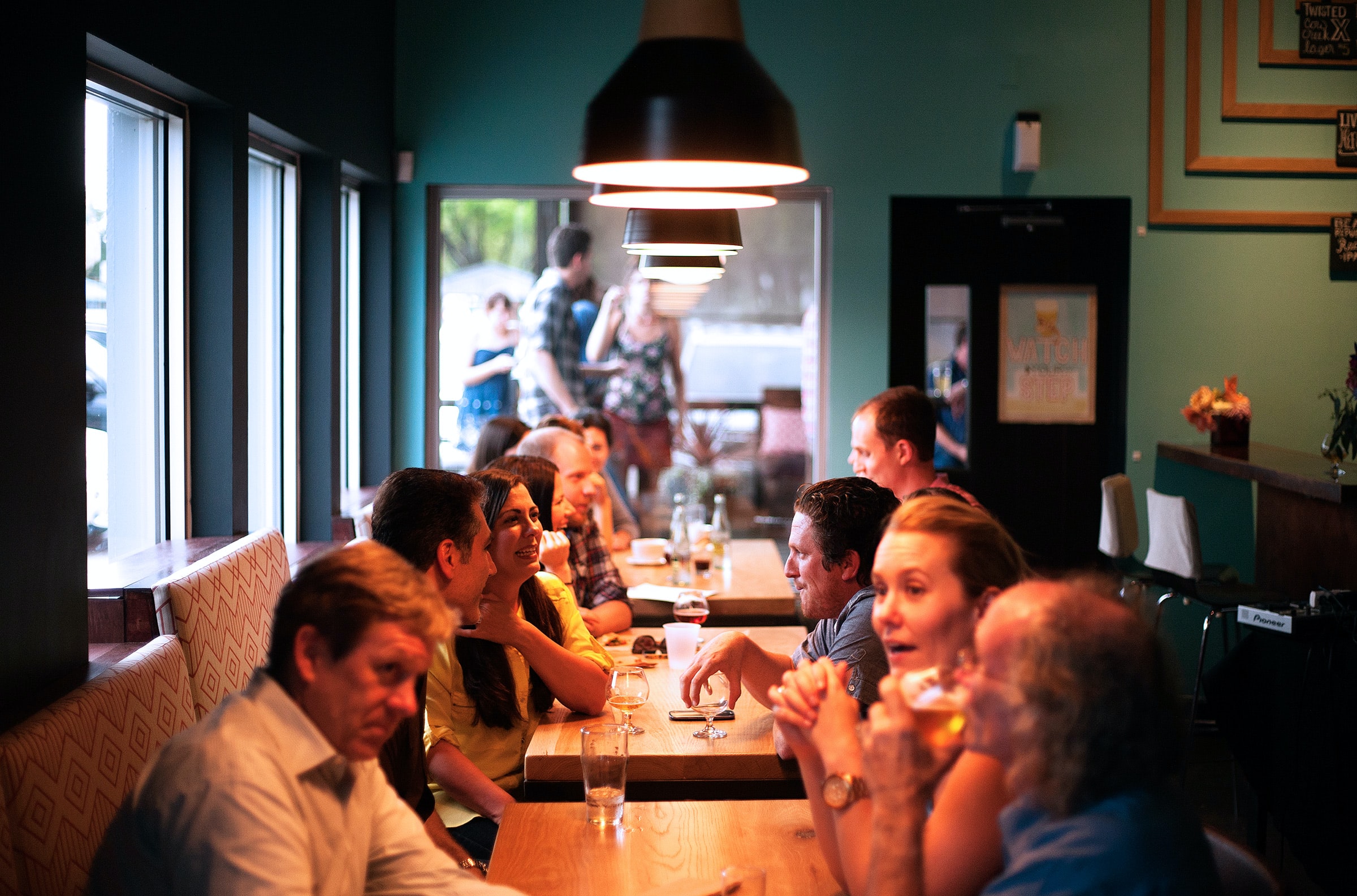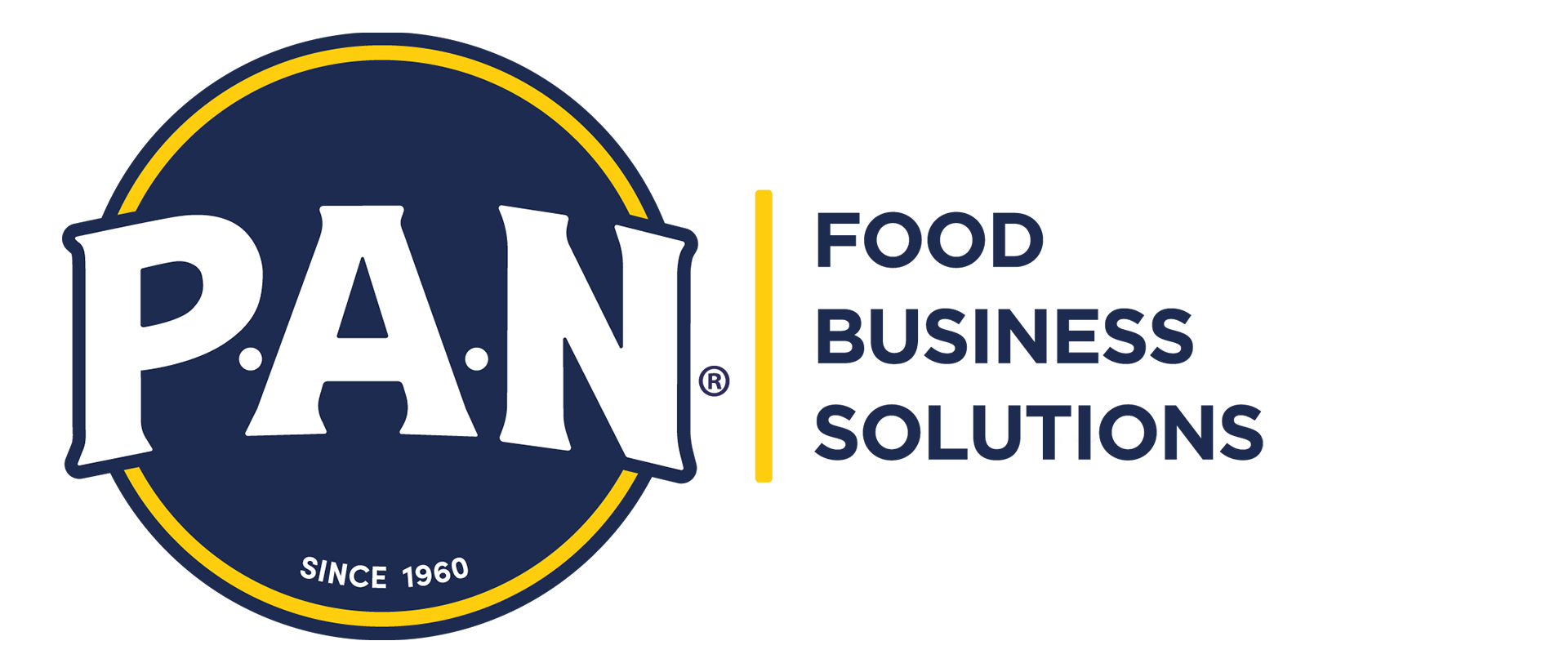Before I start talking about it, I want to ask you if you have different playlists that you have designed for different moments like exercising, concentrating to do a task or an activity, a cleaning day at home. The answer is, very likely, yes and surely you have a special list for a certain moment. Each one of us feels that music is more than a perfect complement that helps us improve or enhance the result of any activity we are doing.

Based on the above, a restaurant must be very clear about the power that music has in the behavior of its customers, understanding that depending on the atmosphere that is to be generated, it plays a determining role. Today we know that a playlist can be designed according to the archetype of the brand: we can build a musical sequence that goes in order with the hours of the day, one for breakfast, another for lunch and also for dinner. If we add to this the genres of music and the tempo or rhythm of each composition, the results in terms of the emotions that we can generate in diners can be amazing.
Music increases consumption in your business
The effects of music on human behavior and the consumption experience have been researched for more than 50 years. There is sufficient scientific evidence that tells us, for example, that we spend more or less time in the same place depending on the tempo of the songs (tempo is the rhythm or speed of a composition). A research carried out by Milliman in 1982, revealed that in a supermarket it was reported a 38% increase in gross sales when the music that was played was slow instead of fast. In the case of restaurants, interesting results have been seen: the rating, the quality of the food and the experience are higher when customers listen to classical music.

One of the researches that we see the most potential from applied neurogastronomy, is the one that analyzed the effect of music tempo on consumer behavior in a restaurant, as part of the European advances in consumer research, led by Clare Caldwell and Sally A. Hibbert of the University of Strathclyde. The results showed that in a restaurant context, when the music was slow, customers spent, on average, 40% more on drinks than groups dining under the fast tempo condition.
Today, the big food brands handle their musical identity with great intention, as well as the emotionality they want to induce in their diners. If you want to improve the experience of your customers, it is time to sit down and design your new playlist.
We co-created this content with @neurogastronomo to help your business grow.
